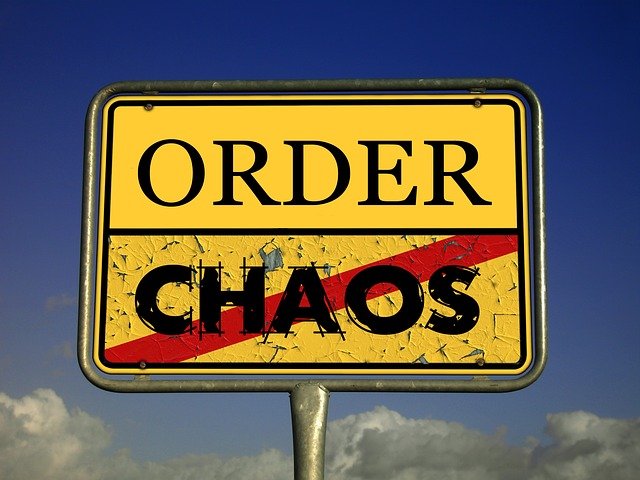
Renters come in all varieties. Those who keep a pristine home and those who struggle with too little time to devote to housework. The sentimental collector and those who prefer the lived-in look. The packrat and those whose disorganized, chaotic clutter may reach the point of causing a hazard to themselves or others.
Wise landlords will anticipate these variations in what different people may consider “the norm” by including a “cleanliness clause” in their leases. Not only will this section state that the property should be vacated in the same condition as when the tenant moved in, but it should also address cleanliness issues throughout the occupancy. For example, landlords must clearly define expectations for managing the trash, dealing with pet waste, following mold and mildew prevention in areas prone to moisture, and what general housekeeping should involve. The clause should also address the accumulation of trash and “stuff” around the property’s exterior.
The more detailed the expectations, the less likely cleanliness issues will present a challenging concern down the road. Furthermore, if problems do arise, the detailed lease will provide the landlord with grounds for confronting the out-of-compliance tenant about cleaning up their act.
But when does being messy and disorganized transition to hoarding? How can a landlord distinguish between clutter/poor housekeeping/disorganization and a bona fide hoarding situation?
Hoarding is a complicated disorder that can be difficult to distinguish from an extremely messy home. Signs to look for include—
- Walkways and rooms are challenging to navigate
- Tenant resists/restricts/denies landlord and vendors access to the home, garage, storage
- Glimpses through doors and windows reveal excessive piles of things
- An accumulation of items tossed about outdoors
- Unreported broken appliances and features
- Visible mold and mildew
When in doubt, it can be helpful to call in an expert. A social service agency or fair housing department may be able to offer guidance and suggest the next steps. For example, if you suspect that your tenant’s hoarding has put your property in violation of fire codes, ask the fire department to conduct an inspection. If you suspect a hoarding scenario that involves animals, make a call to animal control.
When handling a potential hoarding situation, keep in mind that hoarding is a mental disorder and, as such, is protected as a disability under the Fair Housing Act. This means landlords cannot evict a tenant because of hoarding. However, suppose the tenant’s behavior prevents the landlord from meeting their responsibility to provide a safe, habitable, sanitary residence. In that case, it may be time to terminate the tenancy.
Of course, “hoarding” cannot be the reason listed for the eviction. You will need to cite the specific lease or code violations. If a situation has progressed to where you have concern for the tenant’s wellbeing, the condition of your property, or that of adjacent neighbors, coming up with legal reasons to begin the eviction process should not be hard to do.
It’s critical to approach cleanliness and upkeep situations carefully. Attempt to determine if illness or other factors may contribute to less-than-optimal conditions. Seek the guidance of those familiar with the condition of hoarding if you genuinely suspect this mental illness is impacting a tenant.
About Rentals America
Rentals America provides full-service property management for residential rental properties. Our team is completely dedicated to property management and we’re here to help landlords navigate the rental market.










